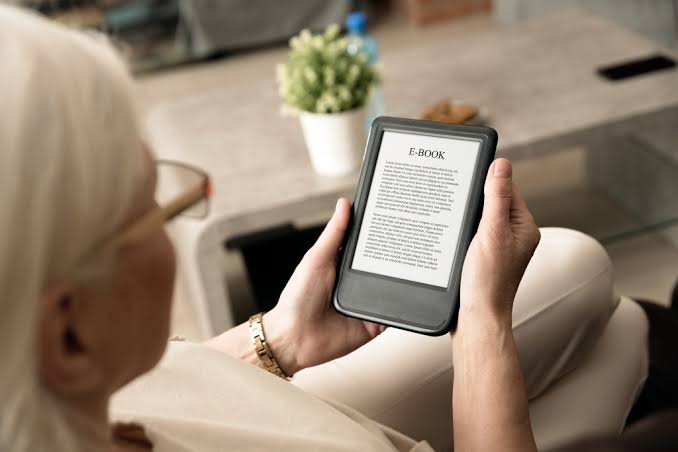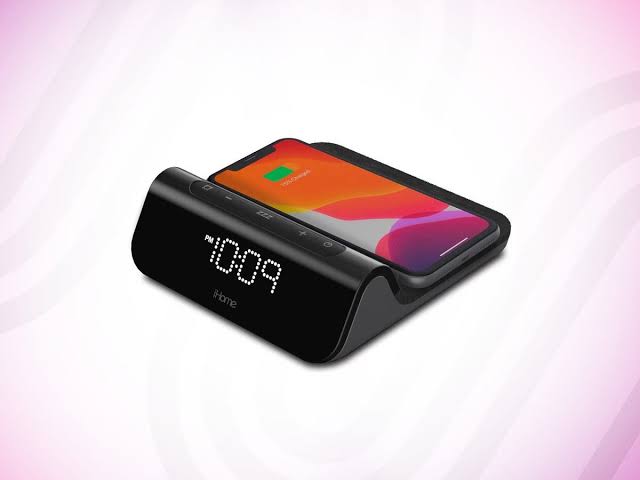As digital technology continues to redefine how we consume content, e-readers have emerged as a popular alternative to traditional paper books. In 2025, e-readers are not only more affordable and accessible, but they are also smarter, more sustainable, and better suited to the demands of modern readers. Whether you’re a student, a traveler, or an avid book lover, the benefits of using e-readers are numerous and increasingly difficult to ignore.
With the evolution of devices like Amazon Kindle, Kobo, and newer models with colored e-ink and enhanced note-taking features, e-readers are becoming essential tools for education, entertainment, and even productivity.
Portability and Convenience
One of the most obvious benefits of e-readers is their incredible portability. A single device can store thousands of books, making it perfect for people on the go. Whether you’re commuting, traveling, or simply heading to a coffee shop, you can carry an entire library in your bag without the weight or bulk of physical books.
For students and researchers, this means quick access to textbooks, academic papers, and annotations—all in one place. For casual readers, it means never being without a good book, no matter where you are.
Adjustable Text and Accessibility Features
E-readers offer a range of accessibility options that make reading more inclusive and customizable. You can adjust font size, typeface, brightness, line spacing, and even screen warmth to suit your preferences and reduce eye strain.
For people with dyslexia, some e-readers support fonts specifically designed to improve readability. Those with visual impairments can increase font sizes dramatically or switch to text-to-speech mode, depending on the model. This level of personalization simply isn’t possible with printed books.
Built-in Dictionary and Translation Tools
Another valuable feature of e-readers is their built-in dictionaries and language translation tools. Readers can instantly look up unfamiliar words or phrases without needing to leave the page. This is particularly useful for students or readers exploring complex texts, foreign languages, or technical content.
This instant feedback not only boosts comprehension but also encourages language development and deeper engagement with the text.
Highlighting, Note-Taking, and Syncing Across Devices
Unlike physical books, which require physical markup or sticky notes, e-readers allow seamless highlighting and note-taking. You can annotate passages, bookmark pages, and even export your notes to other applications or cloud storage.
Many e-readers also offer syncing across multiple devices. If you start reading on your e-reader and later switch to a smartphone or tablet, you can continue from where you left off. This cross-platform integration improves continuity, especially for those reading multiple books or managing academic content.
Long Battery Life
One of the standout advantages of e-readers over tablets or phones is their exceptional battery life. Most e-readers can last several weeks on a single charge, even with daily use. This makes them ideal for long trips, outdoor reading, or simply reducing the number of devices you have to constantly recharge.
This energy efficiency is due to the e-ink technology used in most e-readers, which only consumes power when changing pages—not while displaying static content.
Environmentally Friendly and Sustainable
While paper books have their charm, they also contribute to deforestation, water consumption, and carbon emissions throughout the printing and shipping process. E-readers significantly reduce the need for physical printing and transportation.
Though the production of an e-reader does require resources, the environmental impact is often offset after reading a certain number of books—estimated to be around 25–30 books, according to sustainability studies. For voracious readers, the long-term ecological benefits can be substantial.
Cost Savings Over Time
Although e-readers come with an upfront cost, they often save users money in the long run. E-books tend to be cheaper than printed books, and there is a vast selection of free or discounted e-books available through public domain sites, libraries, and subscription services.
Platforms like Amazon Kindle Unlimited, Kobo Plus, or Google Play Books offer monthly subscriptions for unlimited access to thousands of titles. Many public libraries also provide e-book borrowing systems, giving users free access to a wide range of literature.
Distraction-Free Reading Environment
Unlike smartphones or tablets, which come with notifications, social media, and other distractions, e-readers are designed to focus solely on reading. Most models are not internet-browsing devices and lack apps that might pull you away from your book.
This makes the reading experience more immersive and encourages better focus and deeper comprehension—something that can be difficult to achieve on multipurpose screens.
Great for Outdoor and Nighttime Reading
Modern e-readers come with glare-free screens that mimic the appearance of paper, making them readable even in bright sunlight—unlike smartphones and tablets that reflect light. For nighttime reading, most devices include built-in, adjustable front lights that illuminate the screen without causing eye fatigue or disturbing others in the room.
Some advanced models also feature auto-adjusting warm lights that mimic natural daylight cycles, improving sleep patterns and reducing blue light exposure.
Integration with Learning and Educational Tools
E-readers are increasingly being integrated with educational ecosystems. Students can download textbooks, receive assignments, and access interactive study aids right from their device. Teachers and professors can assign readings and track progress through connected platforms.
In schools and universities, the shift toward digital textbooks not only lightens physical book loads but also promotes more interactive and up-to-date learning experiences. With AI-enhanced features, some e-readers even offer learning analytics and reading recommendations.
Conclusion
The e-reader has come a long way from its early iterations, and in 2025, it stands as a versatile, eco-friendly, and cost-effective tool for reading enthusiasts and knowledge seekers alike. Whether you’re using it for entertainment, education, or professional development, an e-reader enhances the reading experience in ways that traditional books simply can’t.
From its customizable features and convenience to its role in sustainability and modern education, the e-reader is not just a gadget—it’s a transformative bridge between literature and the digital world.



